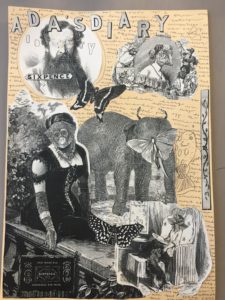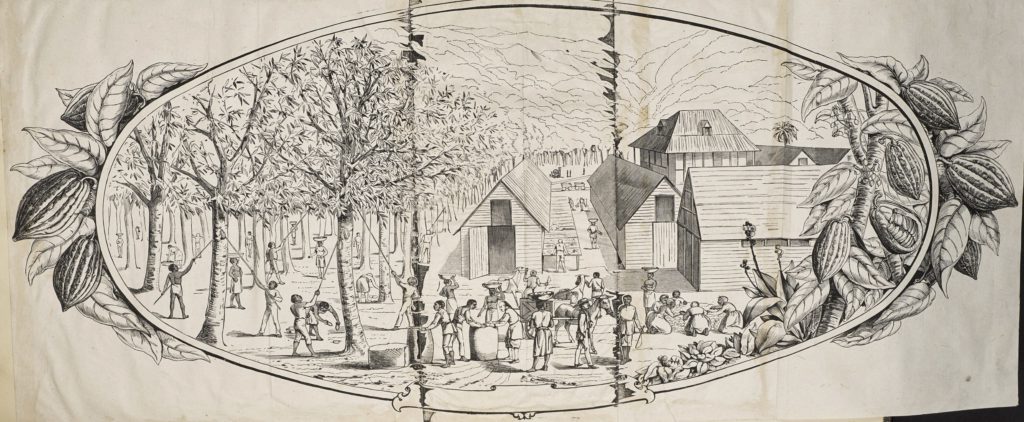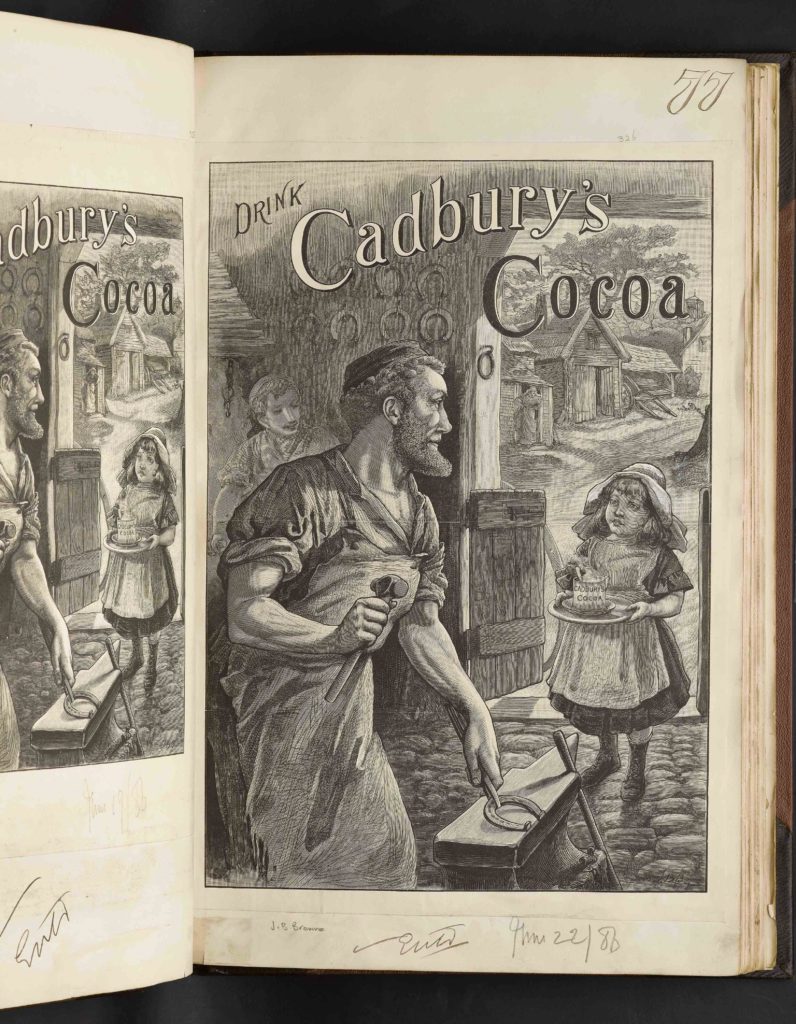During the 2019 summer term, the Dalziel Project ran a series of workshops with schools in Sussex and London, introducing 150 new students to archival research, and complementing their curriculum learning through creative tasks in English, History, and Art. The one-day sessions took place at Plashet School in East Ham, London (27th May); Blatchington Mill School in Hove, (26th June), and Priory School in Lewes (27th June). Additionally, on 13th June we held a studio workshop with projection artist Urban Projections, working with Art and Design students at North Notts College, and on 5th July pupils from Brighton Aldridge Community Academy (BACA) came to the University of Sussex for an archival workshop that also incorporated a taste of life on campus as an undergraduate student.

Workshop activities explored the scope and variety of the wood engraved illustrations in the Dalziel Archive, to address topics of: old and new print technologies; colonialism and consumer culture; reading and creating visual narratives; and the shifting of the boundary between human and animal in the nineteenth century, caused by the inception of evolutionary theory.
Students got a taster of university life, hearing a short lecture on the technique of wood engraving and its importance to nineteenth-century print and visual culture. They learned about the Dalziel enterprise in London, including the fascinating story of Alice, the twelve year old ‘nanny’, employed by the establishment to care for the children of wood engravers during work hours: a real-life account of Victorian child labour, and the reality of working parents during the era.

Students interrogated the theme of colonial production and consumerism, and learned new skills in visual analysis, close reading an intricate, 1869 wood engraving, commissioned by the Maravilla Cocoa Estate, which was located in what is now Los Angeles, USA. This image depicts labourers – the majority of them people of colour – engaged in the various stages of cocoa production, from picking the pods, to peeling and drying, and transporting and storage. It is a problematic representation, particularly in the way it creates a racial hierarchy and minimises signs of exploitative labour in a post-slavery society. Pupils were then asked to compare the image of the Maravilla Estate to advertisments for Cadbury’s cocoa, produced some time later, in the 1880s. The later images ignore cocoa production and are centred on consumption in Britain; they feature wood-engraved illustrations of people of different social circles and occupations (all white), including a blacksmith in his workshop, an upper-class couple on a luxury boat, and two young men racing penny-farthing bicycles – all of them happily drinking Cadbury’s chocolate.

While the Cadbury’s images were clearly designed to promote the brand to as wide a range of people as possible, it was also apparent that any hint of a colonial connection, and the (often exploitative) labour involved in cocoa production, had been erased from the advertisments and, instead, chocolate was being presented as distinctly ‘British’ in its production and consumption. Students ended this activity by looking at both the Maravilla and Cadbury’s images in comparison to contemporary advertisements for chocolate, coffee, and tea, and found striking similarities between the depiction of the contented workers on the Maravilla estate, and photographs used to promote fair trade tea, as well a similar erasure of labour in contemporary chocolate advertisements – which often simply picture the product – as was seen in the nineteenth-century promotional material that the brothers Dalziel produced for Cadbury’s.
Other activities included our Lost Story challenge (follow links to see more), our VJ live projection experiment, and our collage activity. A selection of the fantastic collages and stories produced by the students will be published in the coming weeks.
By Treena Warren